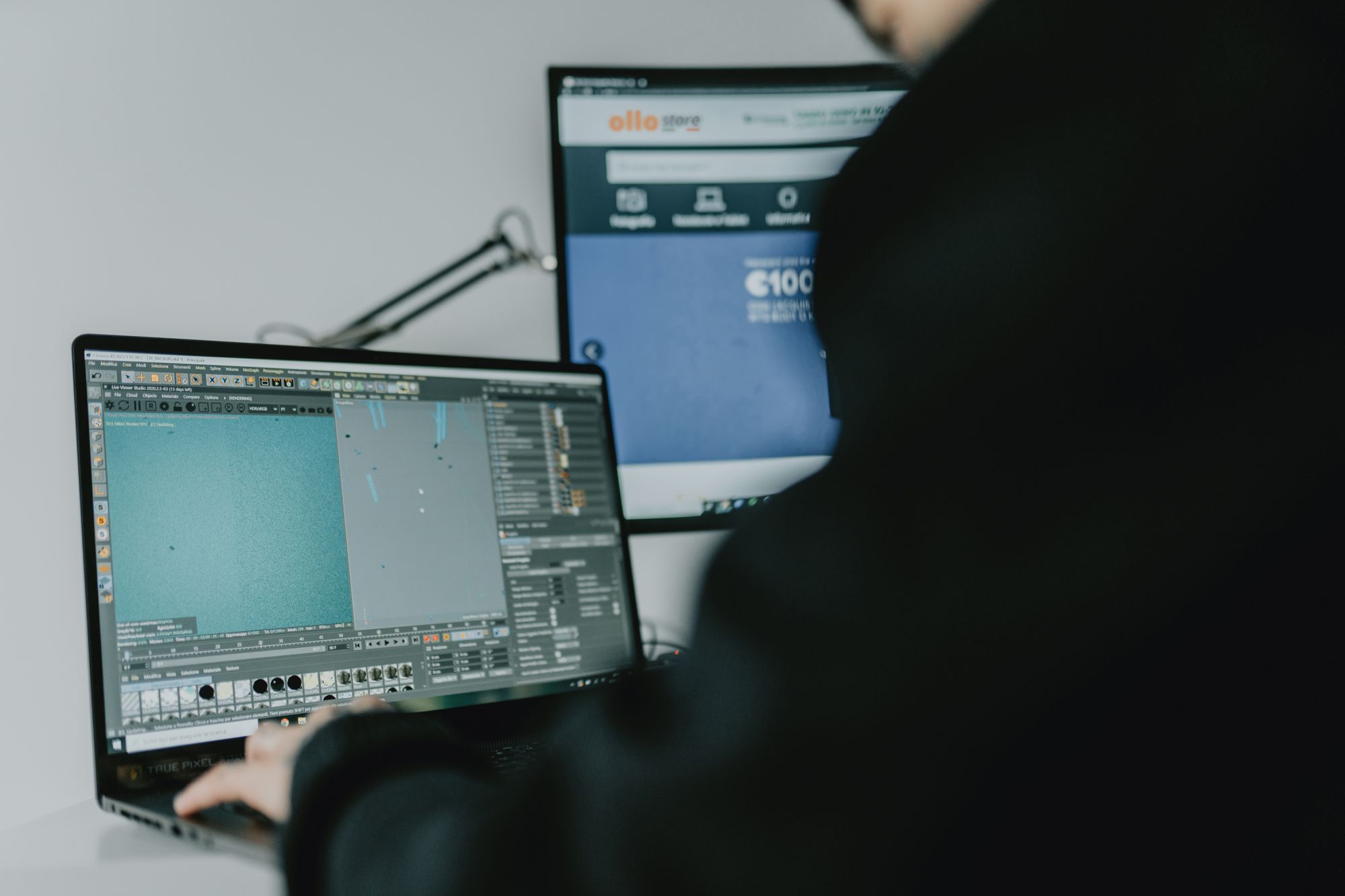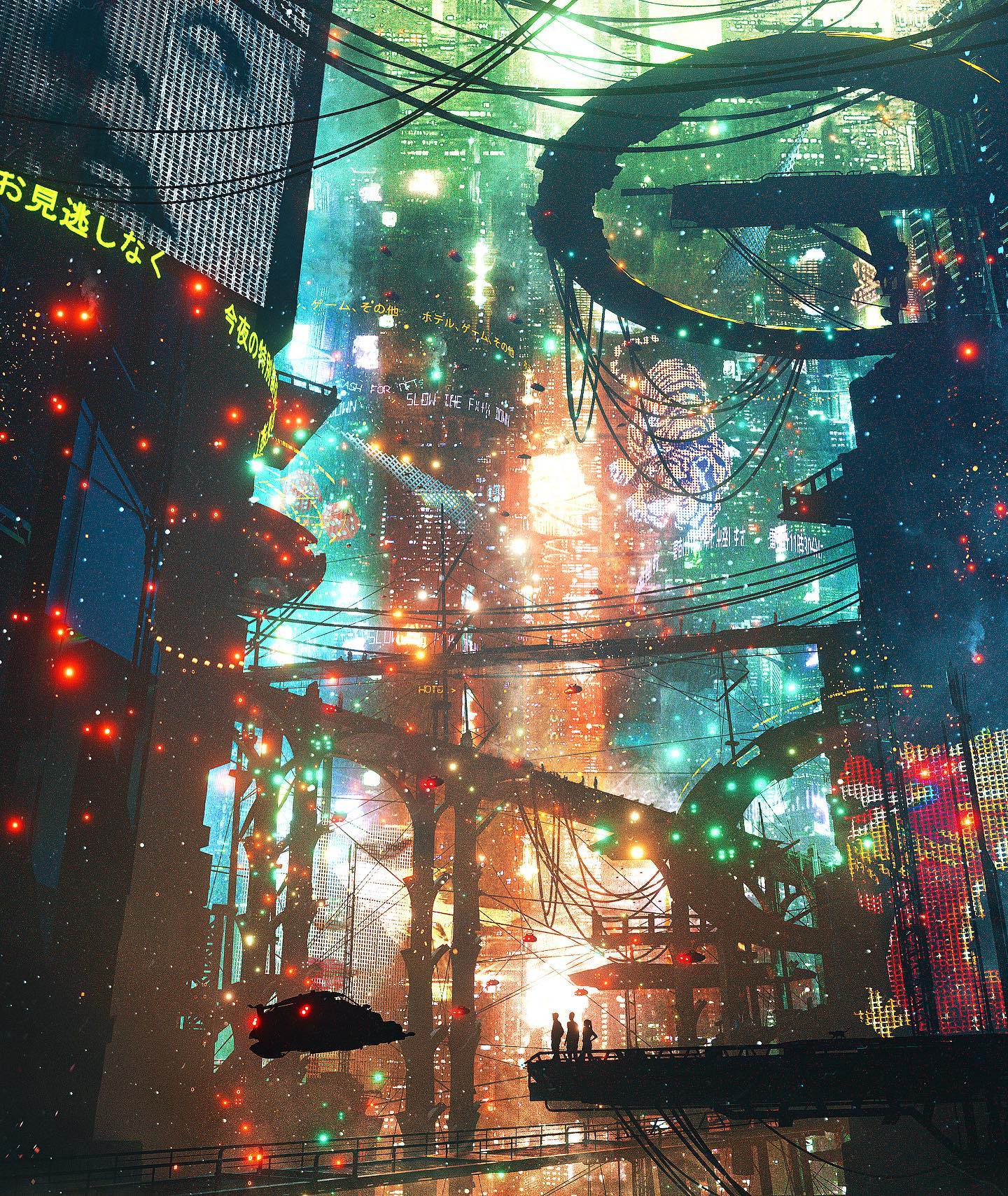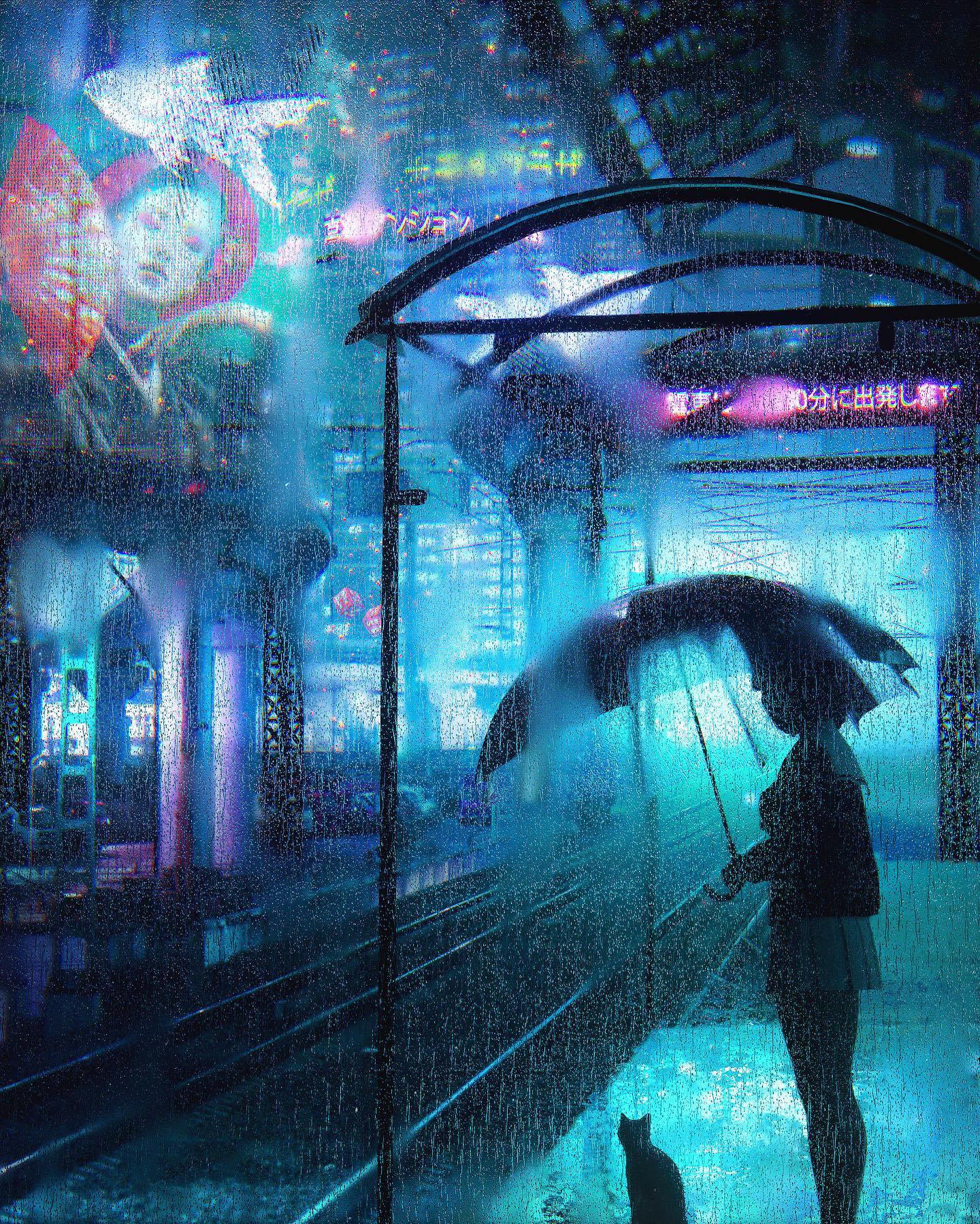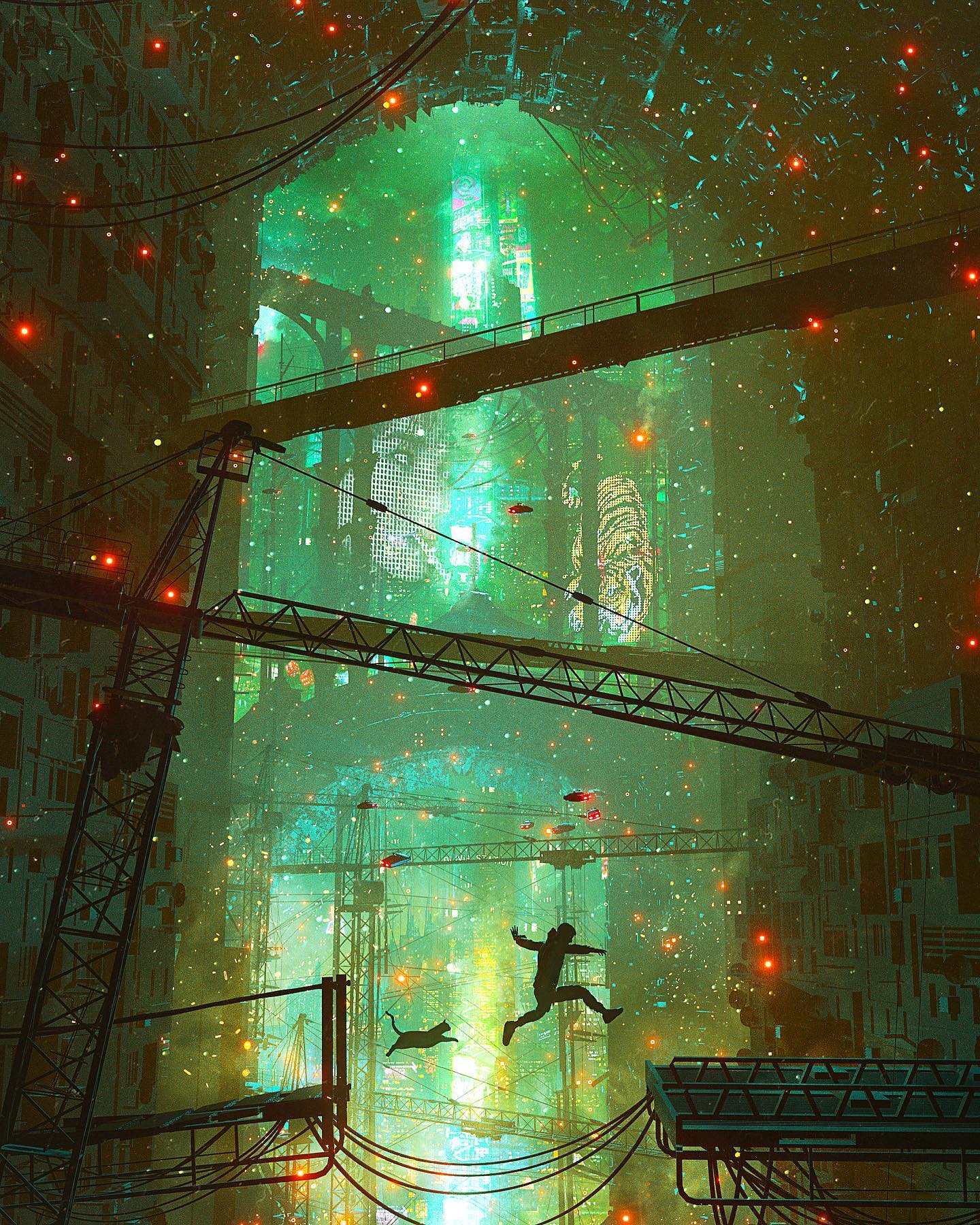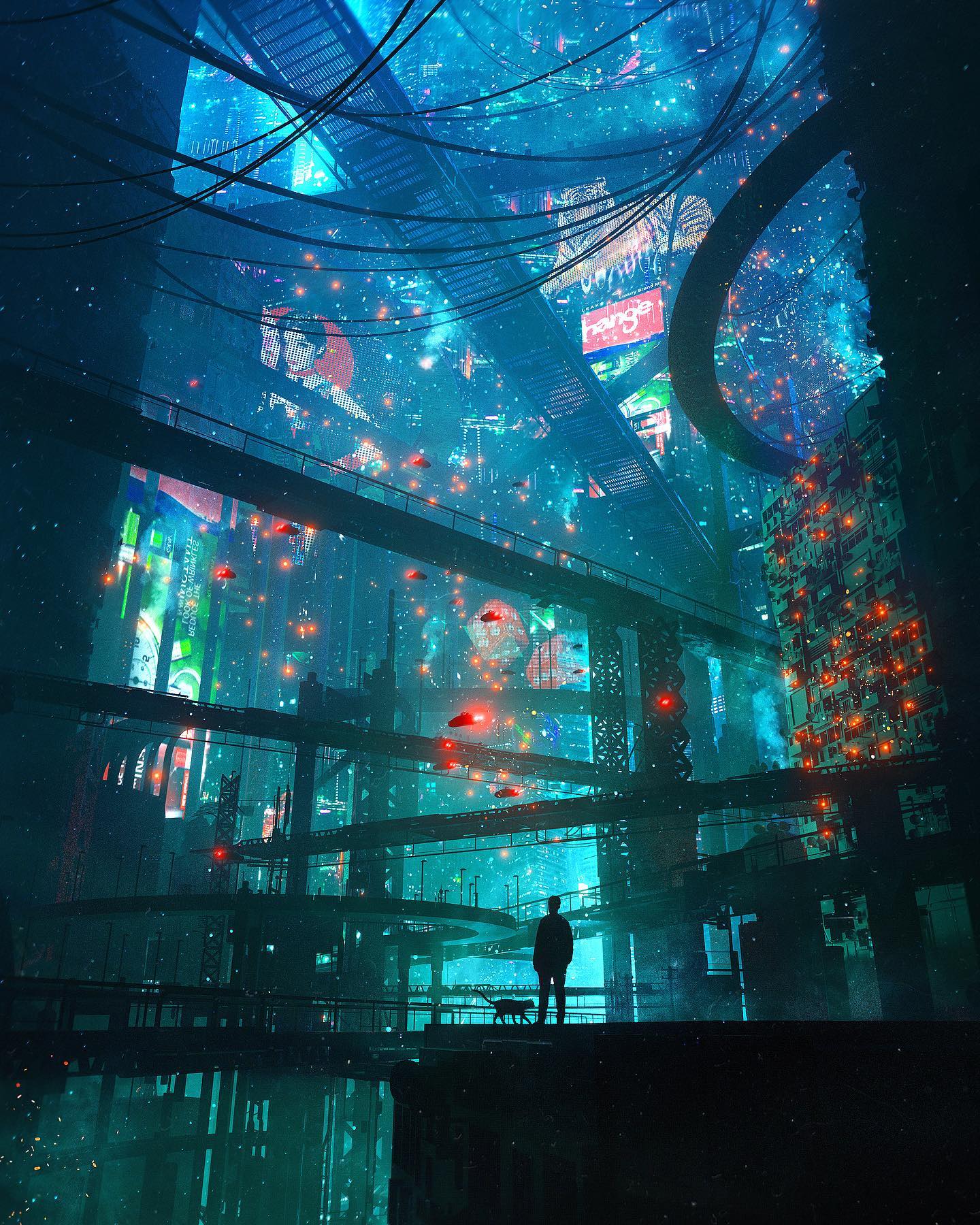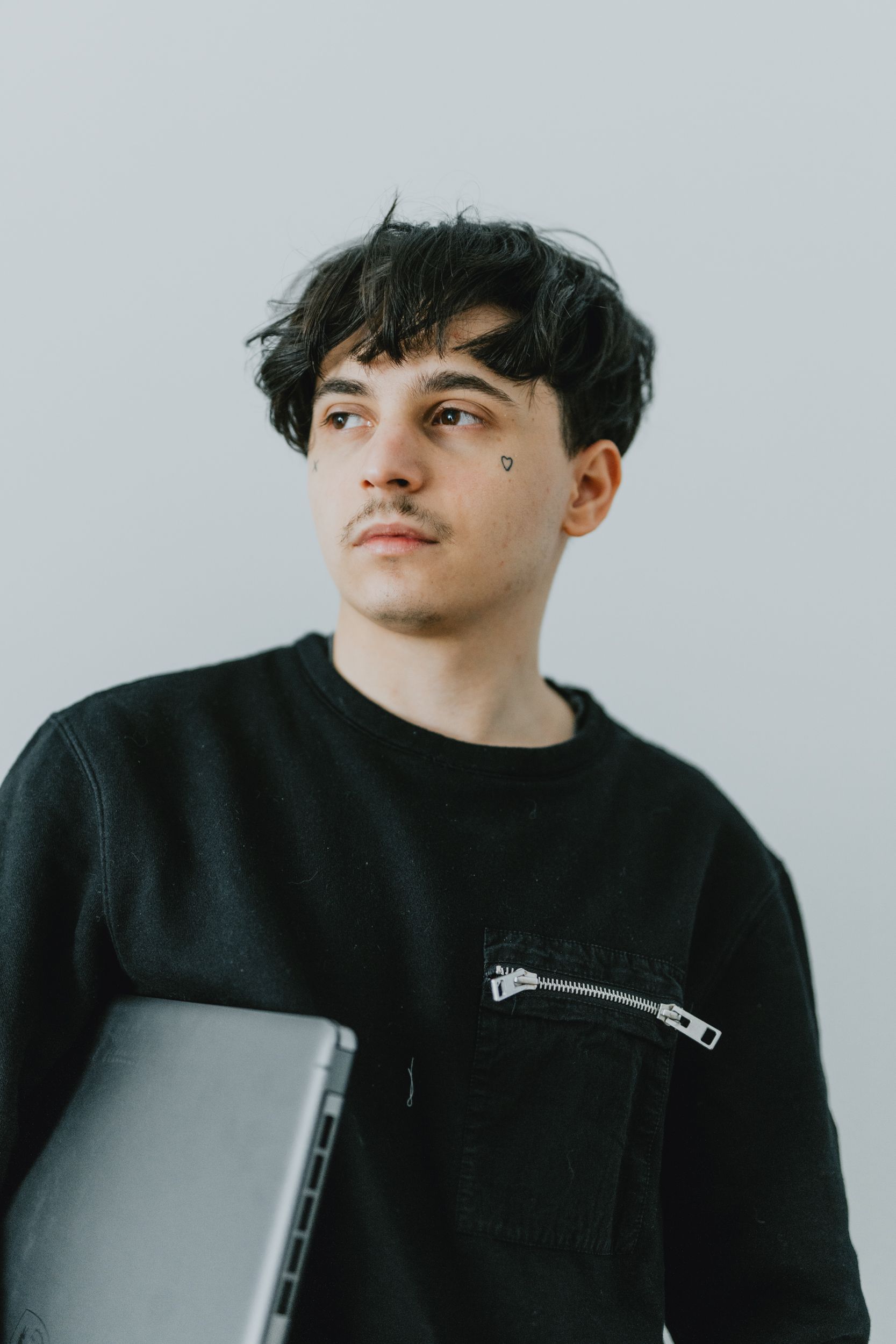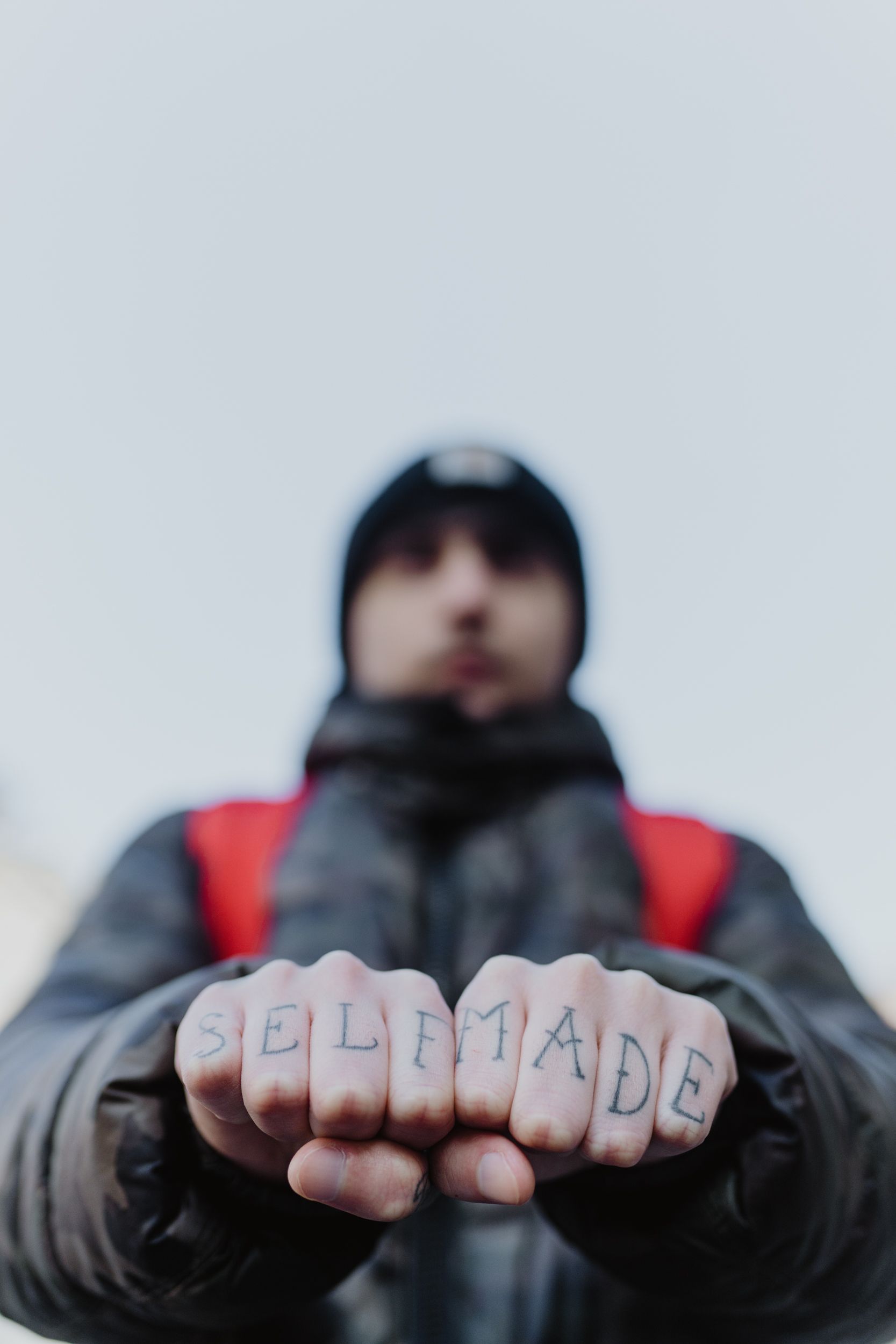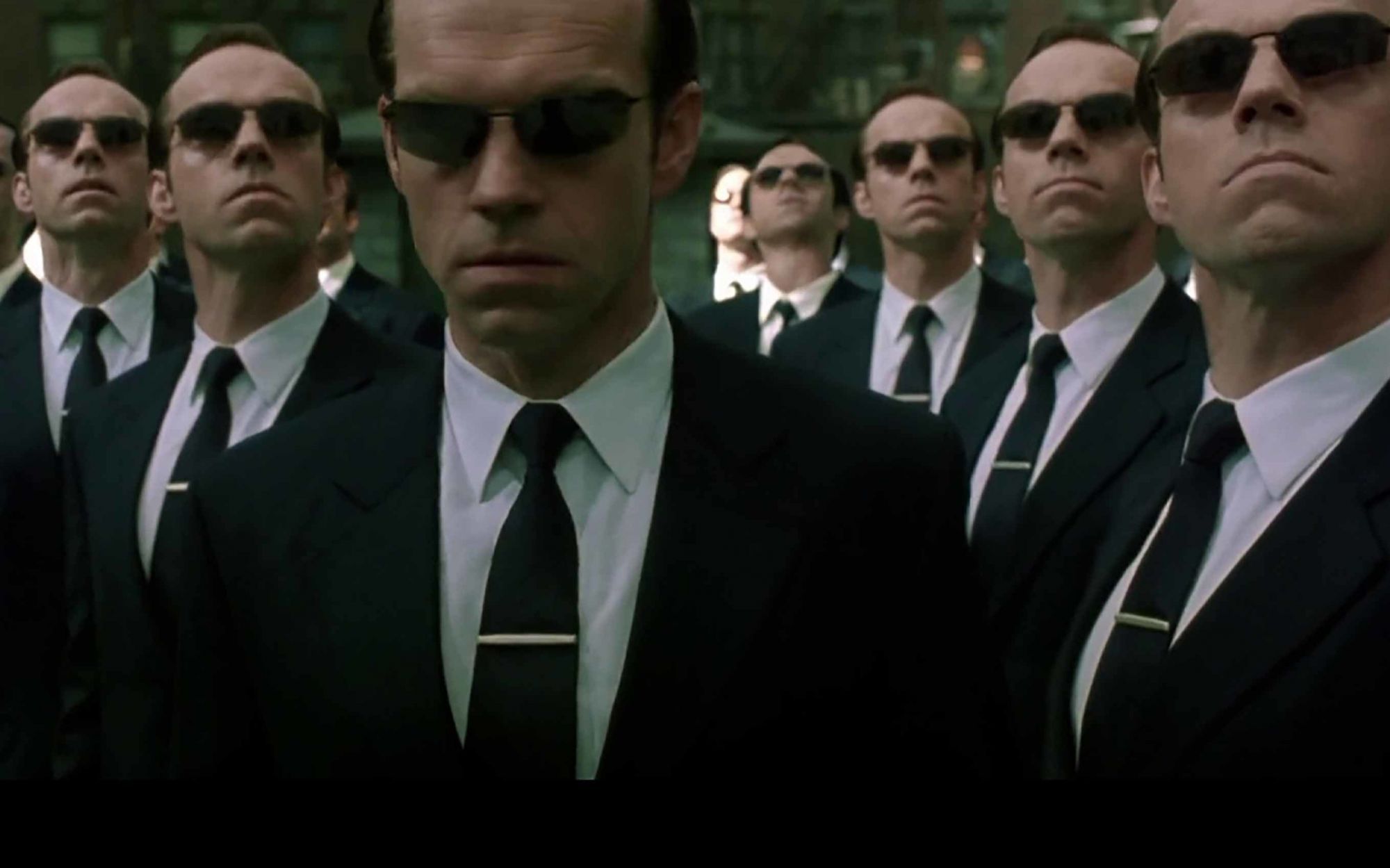
How a digital work is born: 3D Digital Art according to Dangiuz The young artist tells us how the creative process works at the time of the metaverse
Leopoldo D'Angelo, better known by the pseudonym Dangiuz is a visual-digital artist and artistic director specialized in the creation of vast dreamscapes inspired by cyberpunk aesthetics who has published his works on the best industry publications of the moment, such as Sohu, Arte, Wallpaper Magazine, NVIDIA Studio Standouts and Juxtapoz Magazine. Dangiuz has also participated in exhibitions such as DART2121 at the Museo della Permanente in Milan and Heart of Cyberpunk in Hong Kong, collaborating with Maserati on the concept art of the new MC20 model and with Rui Hachimura creating the artwork that decorates the first kimono of the Black Samurai series. Dangiuz's inspirations are science fiction classics, Blade Runner in the lead, but also masterpieces of the cyberpunk genre such as The Matrix, Ghost in the Shell and Akira - inspirations that shine through in his incredibly complex and layered works, in which human silhouettes appear against the light in front of monumental futuristic landscapes that arouse wonder and are veined by a slight melancholy.
Dangiuz was chosen by NVIDIA for the creation of an artwork in collaboration with the technology retailer Ollo Store that provided one of the latest laptops signed NVIDIA Studio - branding that distinguishes all those products specifically optimized for content creation work in various fields. These products offer the best of today's hardware for creative work, such as the NVIDIA GeForce RTX 30 Series video cards. And with NVIDIA Studio drivers, working with popular content creation software is further optimized. Such an advanced type of tech tool is fundamental for the creation of Dangiuz's artwork, which due to their complexity requires high computing power that allows you to draw quickly, move within the 3D setting, add one at a time the individual elements, colors and visual effects but, above all, to cut rendering times. The idea behind the project is to provide, through Dangiuz's digital artwork, tangible proof of the efficiency of new NVIDIA Studio products especially with regard to 3D modeling - a field that, with the advent of the metaverse, is about to expand dramatically and will require a large number of professionals in a short time.
To tell us more about the reasoning, know-how and creative processes behind the creation of a 3D digital artwork, we interviewed Dangiuz, who told us about his work, his inspirations and also his collaborative project with NVIDIA.
When did you start approaching digital art? And what motivated you to devote yourself full-time to this business?o with NVIDIA.
I've always been attracted to art since I was a child. Everything that fell within the sphere of creativity managed to capture my attention more than anything else. I got to understand more when I attended the Istituto Superiore di Arti Grafiche e Fotografiche in Turin, where I decided that I would work in art. I discovered digital in a completely natural way, as for many other colleagues of my generation, and I always looked at the PC screen as a universe that had no limits. At the end of high school I moved to Milan. I felt the need to delve deeper into the world of digital art, of which today I feel like being a part and devote myself full time to what has now become my job.
What were the hardware and software tools you used in the beginning and how have your works technically and artistically evolved according to the technologies available over time?
I did a lot of work to achieve what I show on my channels today. When I started in digital art I developed my ideas with simple 2D techniques: photomanipulations, editing and some stylized drawings - the means at my disposal were anything but performing. But I always had a keen eye on every new hardware and software technology, precisely because I felt that what I was making did not fully represent my initial vision. With the passage of time, the more technology progressed, the more I improved and refined my techniques. Moving on to 3D Art, then, I added an extra dimension. Today I can afford to leave the house, open my laptop and take inspiration for my works almost anywhere and create very complex works composed of an infinity of elements, levels and elaborations on site. Something that was impossible until very recently.
What are you using specifically today?
I have at my disposal a fixed PC that I assembled myself and a laptop of the latest generation. Both feature NVIDIA's latest series of GeForce RTX graphics cards, which are the beating heart of the devices – and which are essential to express myself to my full potential. Especially when it comes to finalizing the art I'm working on or rendering a job, I use an MSI Creator Z16 Nvidia Studio laptop to take the work with me and keep working on my projects wherever I am. Nvidia Studio drivers, which support and optimize the hardware and software I use every day, make the whole process better and smoother because I can speed up rendering times as much as possible – an essential benchmark for anyone in the field of 3D modeling and beyond. My work, and digital art in general, is not only the result of creativity, but also of the tool with which I create it.
How does your creative process work?
To finish a job from top to bottom I work on average from 15 to 20 days. I always start from a process of research of the references to be taken into consideration and that can help me to visualize the final work in my head. I do the necessary tests, I modify, I slowly put together the elements that I want to insert, I paint on them and I continue until I have obtained an overall setting that satisfies me. I also happen to start sketching something on my notebook, or directly on my laptop. At that point, I like to define the scene and the relationship between subjects and objects by defining their composition. From there I continue with colors, lights and materials. It is never excluded that I may change my mind halfway, precisely because I feel the need to always find new solutions to each representation.
How would you relate your art digitally to that of a painter's work on canvas, beyond the obvious differences between physical and digital?
I am convinced that, beyond everything, art is art. The means used to produce it is always a means. The substantial difference is made by the experience, knowledge and of course the creativity of the human being. I, with brushes and colors in my hand, I am sure that I would not be able to create what a painter can do with years of experience, just as a painter could not work like mine with mouse, keyboard and years of experience on his shoulders.
What do you think is the future of digital art? And how do you imagine your future as a digital artist?
Although I can only be biased, digital art, in the broadest sense of the term, will take more and more space and will enjoy excellent consideration as it will be defined. The signs that this may happen soon are already quite clear: many new 'unconventional' artists have jumped to the fore showing their experimental techniques, as well as new styles and new expressions are becoming more and more popular. I feel freshness and a great desire for new things in the field of art, also from the point of view of the curators of exhibitions in museums and galleries. Exhibiting works on digital screens will no longer be an experimental fact, I am sure. And then, for the moment, we have only knocked on the door of the 'metaverse' that everyone is talking about these days. I continue to keep my gaze always attentive in that direction that I mentioned a little while ago and I will be able to tell you more, I hope, in the future!













































